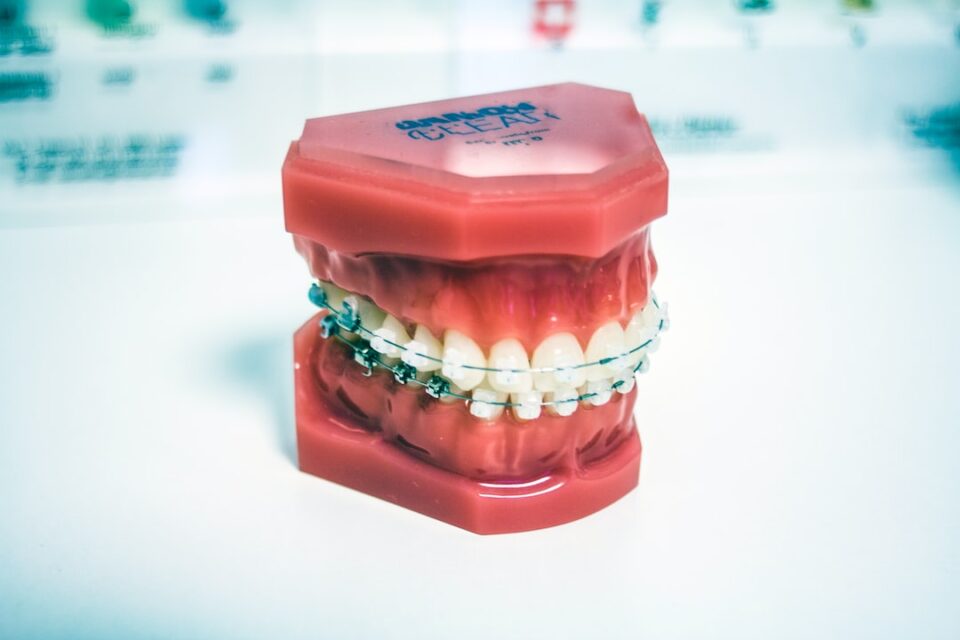For people with missing teeth, dental bridges are often recommended to restore the appearance and functionality of their smile. But traditional bridges, made from porcelain fused to metal, can have drawbacks such as an unnatural appearance and potential for allergies to metal. However, zirconia bridges, made from zirconia ceramic, offer a viable alternative for those seeking a natural-looking, durable option. This article will explore the benefits of zirconia bridges and why they are becoming an increasingly popular choice in cosmetic dentistry.
Zirconia bridges are often referred to as “all-ceramic” bridges because they are made entirely from ceramic material, without any metal components. The primary component of zirconia is zirconium dioxide, which is a biocompatible material that has been used in medical devices for decades. Zirconia ceramic is also incredibly strong and durable, making it an ideal material for dental restorations.
One of the most significant benefits of zirconia bridges is their natural appearance. Unlike traditional bridges, which can have a noticeable metal line, zirconia bridges blend seamlessly with natural teeth. Ceramic material also has the ability to mimic the translucency and shine of natural teeth, making zirconia bridges difficult to distinguish from real teeth.
Another advantage of zirconia bridges is their strength and durability. Zirconia is a high-strength material that is resistant to chipping and cracking. This makes it an ideal option for dental restorations that are subject to wear and tear, as well as the biting and chewing forces of daily use. Zirconia bridges also have a long lifespan, with many lasting for 10-15 years or more.
In addition to their natural appearance and durability, zirconia bridges are also a biocompatible material, which means they are less likely to cause an allergic reaction. Traditional bridges often contain metal components, which can cause allergic reactions in some patients. Zirconia bridges, on the other hand, are made from a hypoallergenic material that is compatible with the body’s tissues, reducing the risk of allergic reactions.
Finally, zirconia bridges require less tooth preparation than traditional bridges. Because ceramic material is stronger than porcelain, less of the patient’s natural tooth structure needs to be removed when preparing for a bridge. This can result in a quicker and less invasive procedure.
In conclusion, zirconia bridges offer a natural-looking, strong, and durable alternative to traditional bridges. As the popularity of zirconia ceramic grows in cosmetic dentistry, more and more patients are choosing this option for their dental restoration needs. If you are considering a dental bridge for missing teeth, consider zirconia bridges and ask your dentist about the benefits of this state-of-the-art technology. And if you’re looking for “zirkonyum kaplama“, zirconia bridges might be a perfect option for you!

